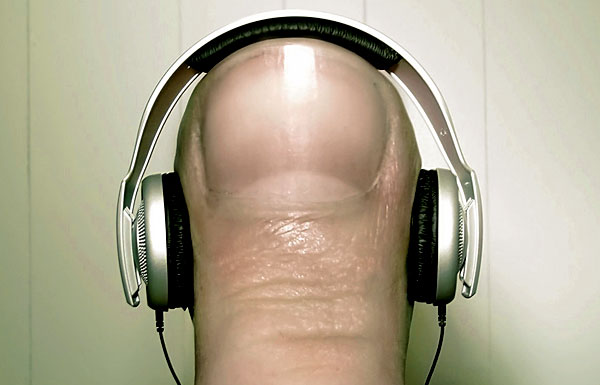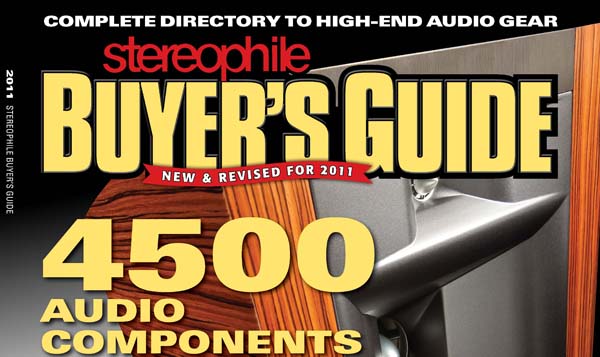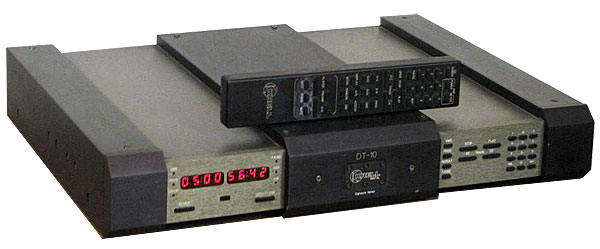Pioneer Elite TZ-9 loudspeaker
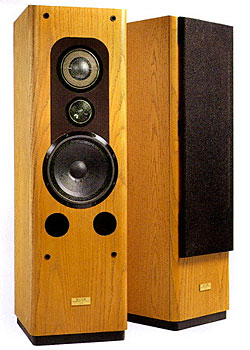 Although, historically, Asian high-performance loudspeakers have not had much impact in the US (with the possible exception of the Yamaha NS1000), it is obvious from recent events that that situation might change. Some Japanese manufacturers are determinedly attempting in 1989 to scale the high-end heights. Onkyo, for example, launched an entire range under the Precise brandname, designed by that most idiosyncratic of talented Californian engineers, Keith Johnson, while Yamaha has licensed the Swedish ACE-Bass technology to produce loudspeakers that extend amazingly low in the bass for their size. But it is Pioneer, already well-ensconced in the US pro market with their TAD (Technical Audio Devices) drive-units and monitors, who have made perhaps the biggest techno-splash with their "Elite-TZ" speakers. These feature both high-tech drive-units and a novel (if not entirely new) method of minimizing enclosure vibrations.
Although, historically, Asian high-performance loudspeakers have not had much impact in the US (with the possible exception of the Yamaha NS1000), it is obvious from recent events that that situation might change. Some Japanese manufacturers are determinedly attempting in 1989 to scale the high-end heights. Onkyo, for example, launched an entire range under the Precise brandname, designed by that most idiosyncratic of talented Californian engineers, Keith Johnson, while Yamaha has licensed the Swedish ACE-Bass technology to produce loudspeakers that extend amazingly low in the bass for their size. But it is Pioneer, already well-ensconced in the US pro market with their TAD (Technical Audio Devices) drive-units and monitors, who have made perhaps the biggest techno-splash with their "Elite-TZ" speakers. These feature both high-tech drive-units and a novel (if not entirely new) method of minimizing enclosure vibrations.
The TZ-9 is the top of Pioneer's new line, and costs a cool $4000/pair, placing it firmly in the high-end category. But for that outlay, the TZ-9 owner acquires a largish and quite handsome speaker, finished in a rather orange-colored oak veneer and standing some 4' high. Both tweeter and midrange units feature domes fabricated from an amorphous form of carbon termed by Pioneer "Ceramic Graphite," which is said to have 10 times the bending stiffness and two times the internal loss or self-damping of an equivalent titanium dome. The practical result should be accurate pistonic motion in each unit's passband, with a better-damped HF resonance than a metal dome. In practice, these Ceramic Graphite diaphragms can be quite brittle. Despite the presence of protective wire grilles over the mid- and high-frequency units, the first pair of TZ-9s we received had had the midrange domes shattered, due to inadequate early packaging.

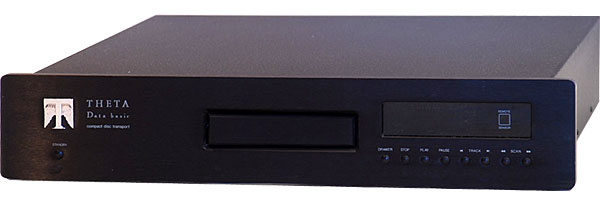
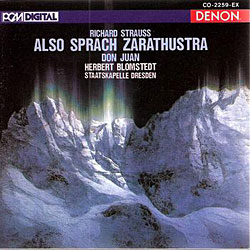 These are two very fine discs. Both convey to perfection the full weight of Richard Strauss's opulent orchestration for Zarathustra without the slightest hint of distortion, despite the huge dynamic range both employ. Both have the measure of the venues they are recorded in: Denon's Lukaskirche actually gives the impression of an acoustically superior concert hall, and it is astonishing to discover from the insert notes that the well tuned-in and integrated organ has been post-synchronized from the Schauspielhaus, Berlin.
These are two very fine discs. Both convey to perfection the full weight of Richard Strauss's opulent orchestration for Zarathustra without the slightest hint of distortion, despite the huge dynamic range both employ. Both have the measure of the venues they are recorded in: Denon's Lukaskirche actually gives the impression of an acoustically superior concert hall, and it is astonishing to discover from the insert notes that the well tuned-in and integrated organ has been post-synchronized from the Schauspielhaus, Berlin.
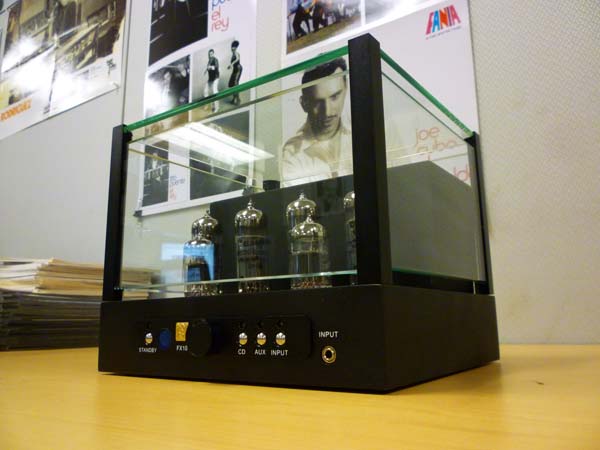

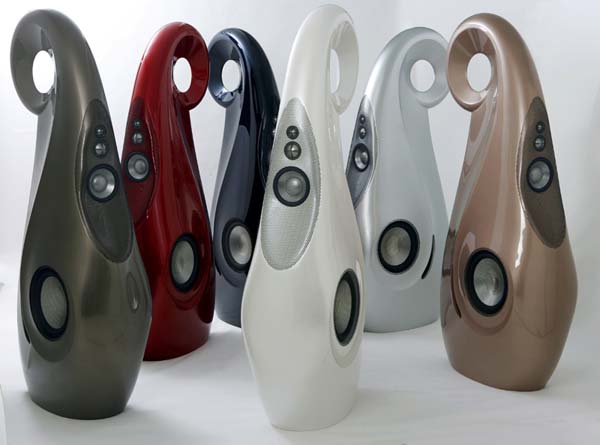
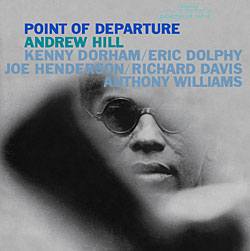 Music Matters Jazz—the L.A.-based audiophile label that reissues classic Blue Note titles, each on twin slabs of thick, quiet vinyl, mastered at 45 rpm and eased into gorgeous gatefold packages—keeps churning them out.
Music Matters Jazz—the L.A.-based audiophile label that reissues classic Blue Note titles, each on twin slabs of thick, quiet vinyl, mastered at 45 rpm and eased into gorgeous gatefold packages—keeps churning them out.
